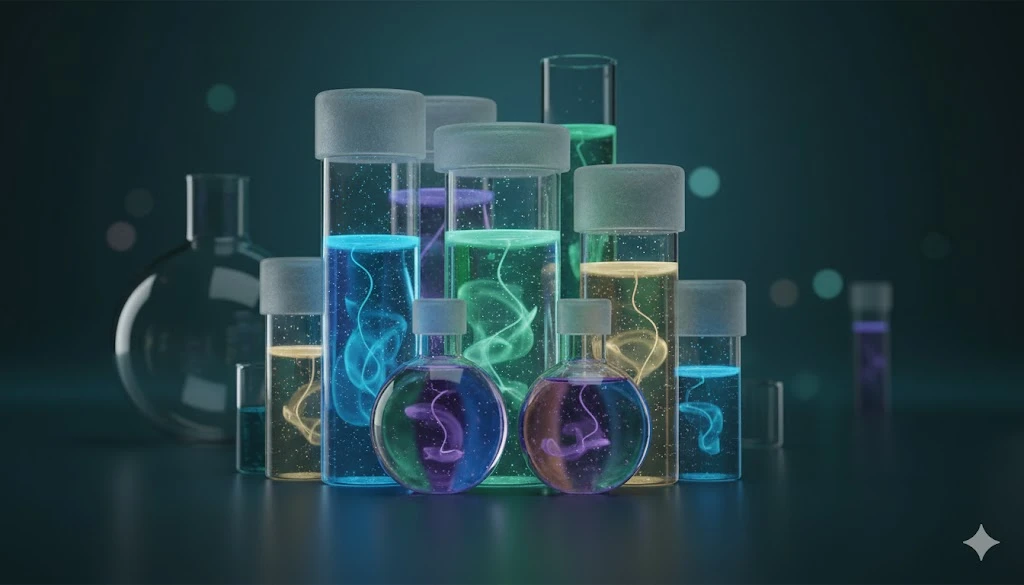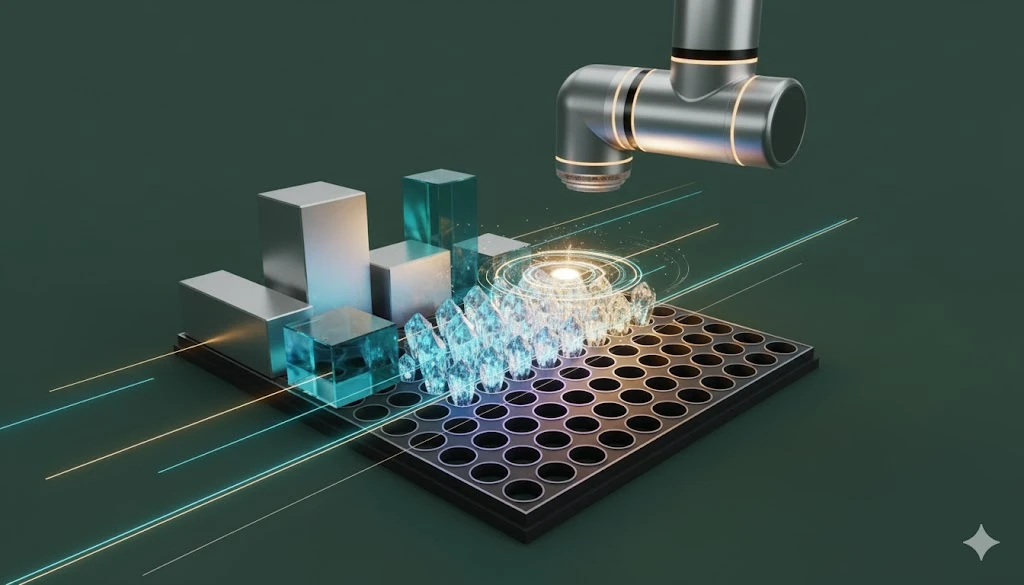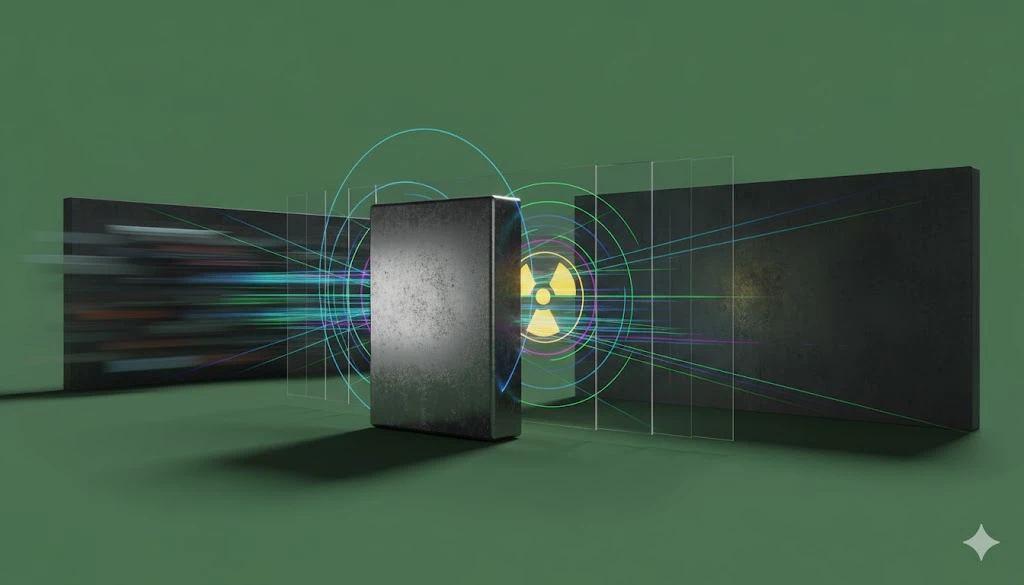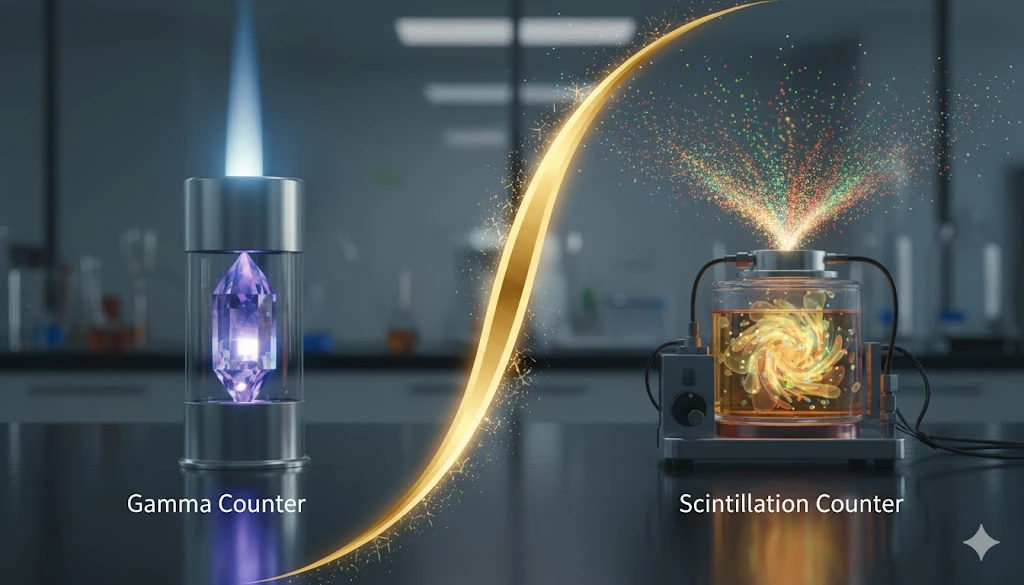Synthetic Cannabinoids: Exploring Their Therapeutic Potential and Future
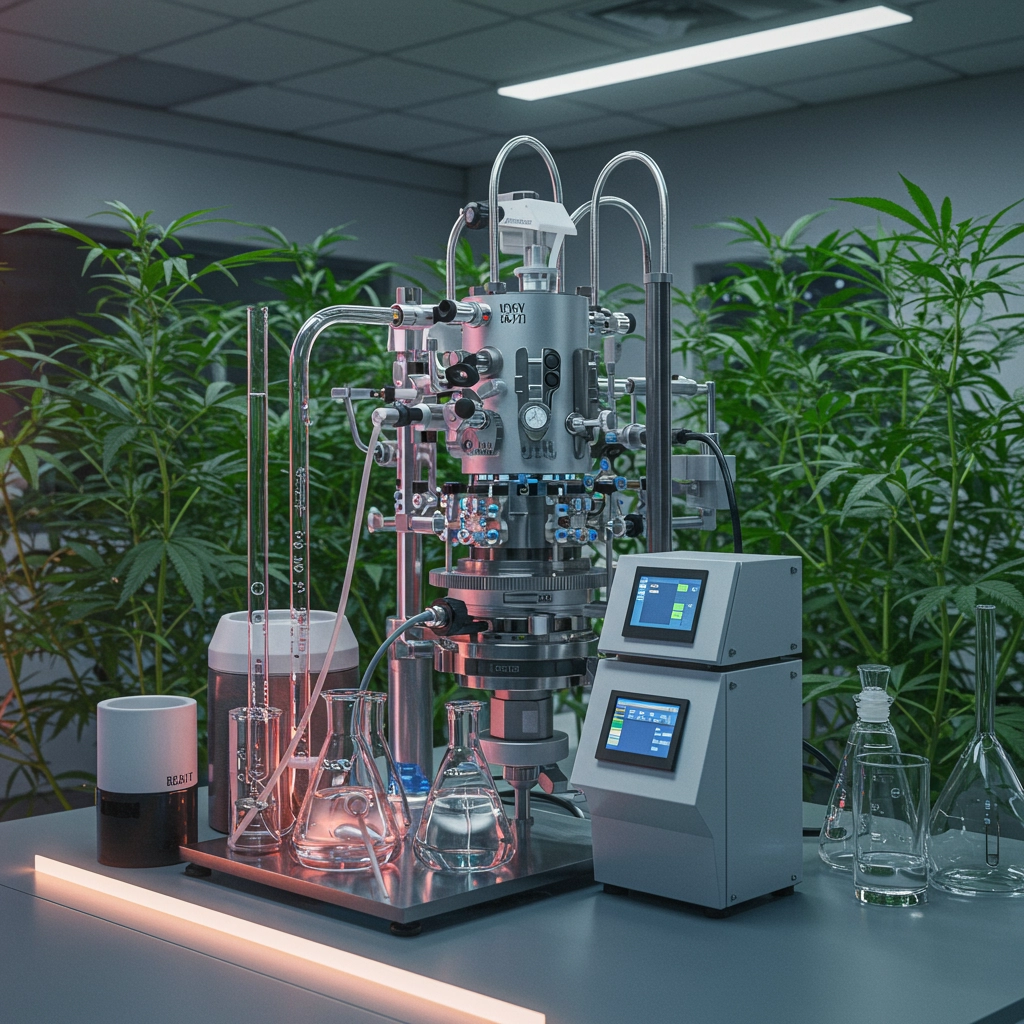
The Rise of Synthetic Cannabinoid Therapeutics
As briefly mentioned in a subsequent article, early cannabis therapeutics have been largely synthetic in "nature". For instance, the first FDA approved drugs were the synthetic THC Dronabinol (Marino) and the synthetic THC analogue Nabilone (Cesanet), both approved for the treatment of nausea and vomiting from chemotherapy and for the stimulation of appetite in advanced AIDS patients suffering from chronic wasting. The FDA has fast tracked two plant-based drugs in their wake. Nonetheless synthetics aim to remove much of the guess work associated with cannabinoid compound purification from natural sources. In opting to take a direct route toward the target, however, there are certain cost elements as seen with most purely synthetic pharmaceutical processes.
Advantages of Synthetic Cannabinoids in Treatment Development
One area that synthetic cannabinoids have garnered focus is the development of treatments that target multiple indications through specialty formulations and combination therapies. An advantage of synthetics is the drug can be administered in pure preparations or cocktails, as well as precise concentrations with low side effects from excipients. This makes synthetics attractive to alternative routes of entry such as transdermal, as opposed to oral or sublingual, thus expanding the potential for combination therapies with good tolerance.
Innovations in Synthetic Cannabinoid Delivery Systems
One company, Zynerba Pharmageuticals, has taken the synthetic route toward the development of innovative cannabinoid treatment that target seizures and pain. It's transdermal synthetic cannabinoid treatment is on Phase 2 clinical trials for the treatment of adult epilepsy and refractory focal seizures. The drug is a synthetic version of CBD in gel form that works by transdermal absorption into the circulation. Besides being the first purely synthetic CBD, the drug makes use of a patent-protected permeation-enhanced delivery system which may prove efficacious for other indications as well, ranging from osteoarthritis to Fragile X syndrome -- the latter for which FDA has granted orphan-drug designation.
Challenges and Future of Synthetic Cannabinoid Production
A drawback with synthetics is the costs associated with scaling up production for drug manufacturing purposes. A optimized set of plant strains, growth conditions, processing, and testing methods, alternatively, are straight forward in scaling up from a cost perspective. As methods gain in refinement, the types of available natural compounds and drugs will increase as costs per unit decrease, making a strong case for an abundance of plant-based therapeutics. Synthetics may continue to see use in combination therapies and delivery routes -- areas which expand the therapeutic potential of cannabis as a whole. Q1: What are synthetic cannabinoids?
A1: Synthetic cannabinoids are man-made chemicals that act on the same brain cell receptors as cannabinoids found naturally in the cannabis plant. They are designed to mimic the effects of compounds like THC and CBD but are produced in a laboratory setting. Q2: How do synthetic cannabinoids differ from natural cannabis?
A2: While both interact with the body's endocannabinoid system, synthetic cannabinoids are isolated, precisely formulated compounds, often designed for specific therapeutic effects. Natural cannabis contains hundreds of compounds (cannabinoids, terpenes, flavonoids) that interact in complex ways, sometimes referred to as the "entourage effect." Q3: What are some FDA-approved synthetic cannabinoid drugs?
A3: The first FDA-approved synthetic cannabinoid drugs were Dronabinol (Marinol) and Nabilone (Cesanet). Dronabinol is a synthetic version of THC, and Nabilone is a synthetic THC analogue. Both are approved for treating chemotherapy-induced nausea and vomiting, and for appetite stimulation in AIDS patients. Q4: What are the advantages of using synthetic cannabinoids in medicine?
A4: Advantages include the ability to create pure preparations with precise concentrations, allowing for targeted therapies and reduced side effects from other plant compounds. They also enable novel delivery methods like transdermal patches and can be formulated into specific cocktails for combination therapies.Frequently Asked Questions (FAQs)

